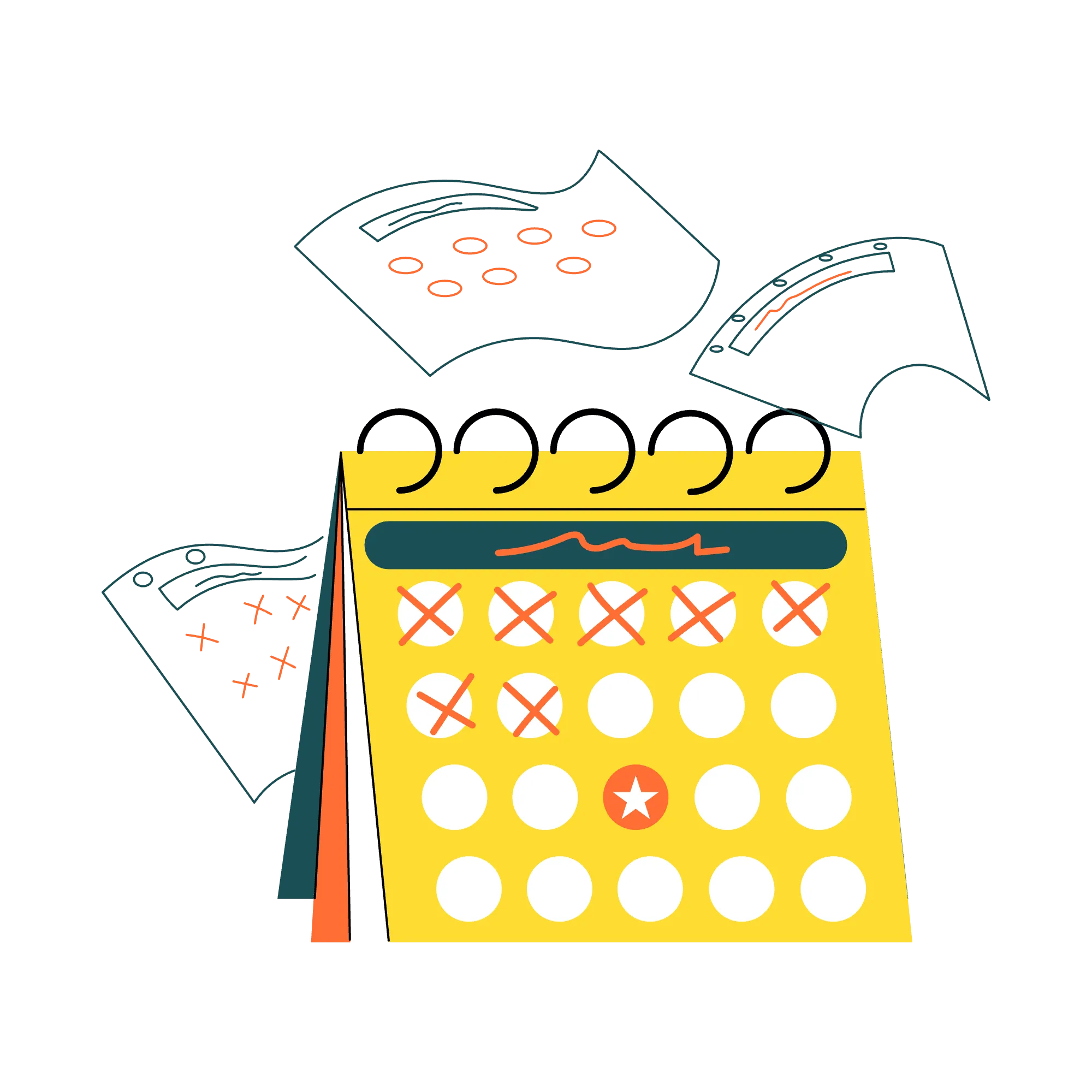Explained in plain English
A marketing funnel is a visual way to describe how unknown people become paying customers. At the wide top you attract strangers; in the narrowing middle you build trust and capture contact details; at the narrow bottom you persuade qualified prospects to request a meeting or proposal. The funnel model does not insist that every buyer takes an identical path, but it helps a team think in stages so each activity has a clear goal and metric.
The three funnel stages
Top of funnel (ToFu) – attract attention
Here you put the brand in front of likely buyers. Common channels include SEO, paid search, paid social advertising, outbound and inbound content. Success is measured in qualified visits, ad impressions and engagement not yet tied to individual names.
Middle of funnel (MoFu) – capture and nurture
Visitors become leads when they fill a form, book a webinar or download a white paper. Email nurture, remarketing and webinars help you educate and prove authority. At this stage you score or segment leads, warming the best candidates for sales.
Bottom of funnel (BoFu) – convert to opportunity
The prospect is evaluating options. Case studies, ROI calculators, live demos and personalised proposals give the final push. Metrics shift to meeting-booked rate, proposal acceptance and cost per opportunity.
Why the marketing funnel matters
1. Focuses effort on the weakest stage
Many teams buy more traffic when the real leak is a weak landing page or an unclear offer. A funnel map shows conversion at each step so you fix the actual constraint before spending more.
2. Aligns cross-functional teams
Marketing owns ToFu and MoFu, sales owns BoFu and the hand-off into the sales funnel. When both sides share the same funnel definitions, arguments about “lead quality” shrink and experiments target measurable gaps.
3. Enables channel selection based on intent
Different channels excel at different stages. Referral programmes thrive at MoFu and BoFu because trust already exists, while paid social shines at ToFu for awareness. Knowing the funnel stage lets you pick the right tool for the job instead of copying competitors blindly.
4. Provides leading indicators for revenue
Revenue is a lagging metric. Funnel ratios—visitor-to-lead, lead-to-SQL—forecast revenue months earlier. Spot a mid-funnel dip today and you still have time to recover before the quarter closes.
How to apply it
Step 1 – Map your current funnel
List every touchpoint from first click to signed contract. Assign one primary metric per stage: unique visitors, leads captured, MQLs, SQLs, opportunities, closed-won. Calculate the baseline conversion rates.
Step 2 – Identify the stage with the lowest relative conversion
If ToFu traffic is strong but only one per cent fill a form, focus on MoFu capture before buying more ads. If MoFu conversion is healthy yet few demos close, BoFu messaging or trust signals need work.
Step 3 – Choose channel tactics that match the stage
- ToFu – educational blog posts via SEO, social ads promoting pain-focused content, outbound cold emails that open a conversation.
- MoFu – gated industry guides, remarketing ads, nurture sequences, interactive tools (calculators, assessments).
- BoFu – case-study webinars, ROI calculators, live demos, free audits, tailored proposals.
Each channel has its own conversion metric. For a paid search campaign that metric is click-through rate; for a landing page it is lead conversion rate; for a meeting scheduler it is meetings booked per visitor; for discovery calls it is qualification rate; for follow-up email it is open or click rate; and for a proposal it is signature rate.
Step 4 – Run structured experiments
Frame each change as a hypothesis: “Adding an industry case study will raise demo bookings from two to three per day.” Measure, compare and keep only what improves the stage without hurting downstream conversion.
Step 5 – Review monthly and iterate
As soon as one stage meets its benchmark, a new bottleneck surfaces. The funnel is never finished; the goal is constant, measured improvement.
Marketing funnel versus sales funnel
- Marketing funnel covers anonymous visitor to sales-qualified lead.
- Sales funnel (detailed in a separate article) starts at SQL and ends at closed-won.
The hand-off is the point where a lead meets a qualification threshold—budget, authority, need and timeline—and a sales rep takes ownership. If marketing stretches its remit into demo booking, ensure both teams use the same definitions so leads are not bounced back and forth. A clear service-level agreement often defines response times, required data and feedback loops.
Remember that after the hand-off the sales pipeline tracks revenue by deal stage and probability; the marketing funnel continues to optimise earlier stages.
Recap
A marketing funnel is a practical framework for turning strangers into sales-ready opportunities. Break it into the three classic stages—ToFu, MoFu, BoFu—map real metrics to each, and choose channels that fit the buyer’s intent at that moment. Focus on the weakest conversion ratio, run disciplined experiments, and revisit the map every month. When marketing and sales share funnel definitions, lead quality debates fade and the team concentrates on the shared objective: predictable, profitable growth.





.webp)







.svg.png)
























